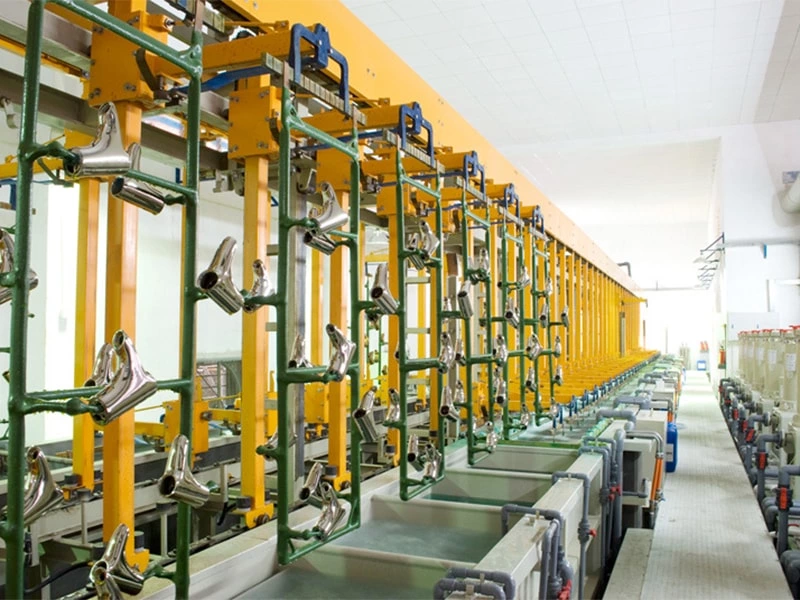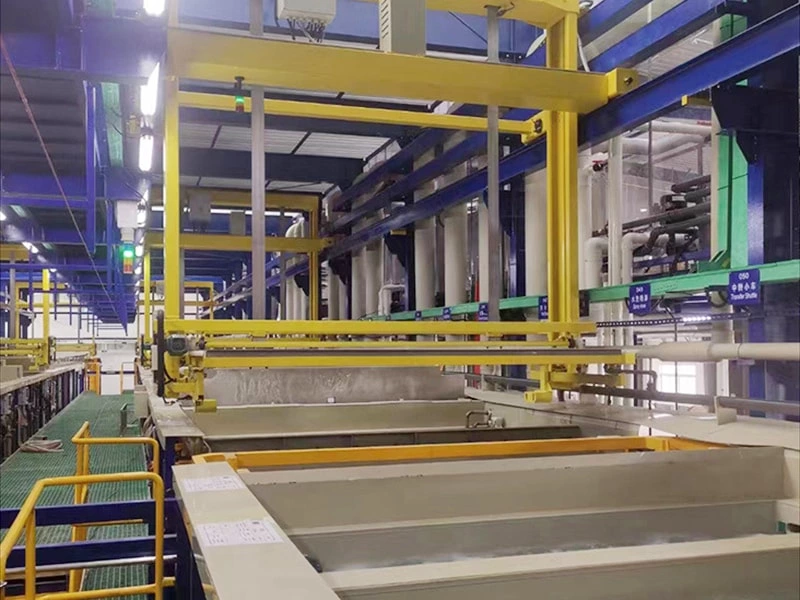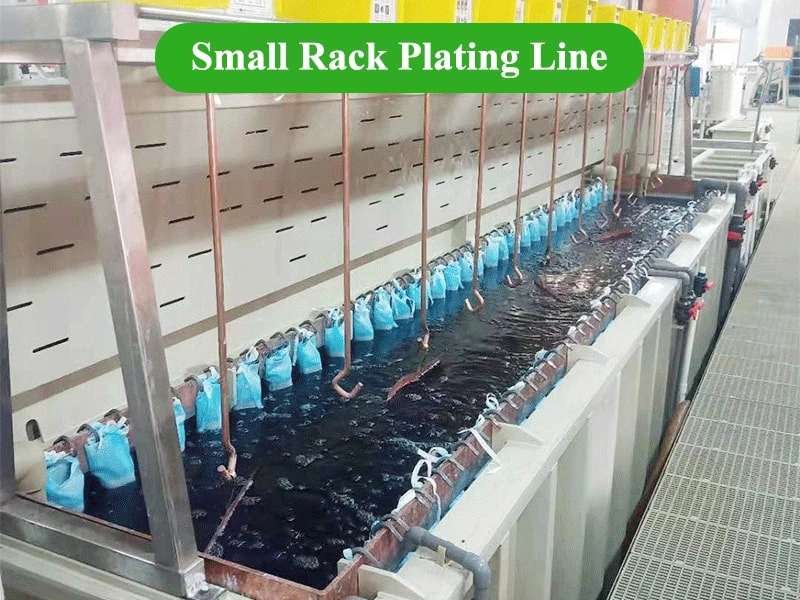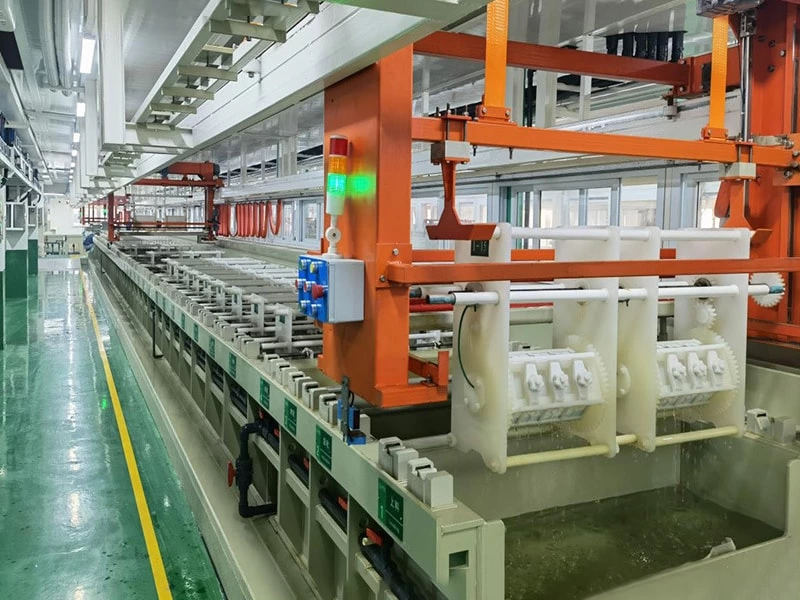What Is The Process Of Electroplating And Its Uses?
The Role Of Each Electroplating Process
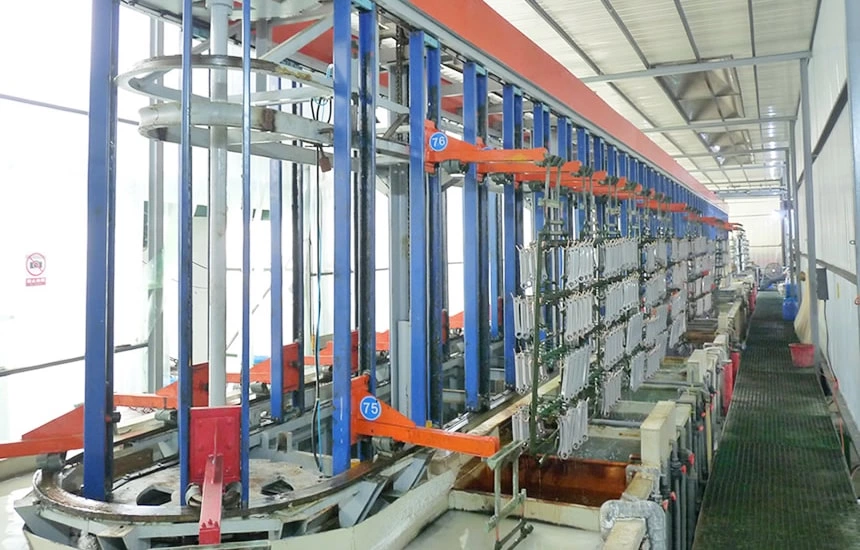
Electroplating Process 1: Electroplating Pre-treatment
It's mainly affects appearance and bonding strength. According to statistics, 60% of defective electroplating products are caused by poor pre-treatment, so pre-treatment occupies a very important position in the electroplating process.
In countries with developed electroplating technology, great emphasis is placed on the pre-treatment process, which accounts for half or more of the entire electroplating process. Therefore, an electroplating coating with good surface conditions can be obtained and the defective rate can be greatly reduced.
Electroplating Process 2: Sand Blasting
Remove rust, welding slag, carbon deposits, old paint layers, and other dry oil stains on the surface of parts before electroplating;
Remove molding sand and oxide scale from the surface of castings, forgings or parts after heat treatment;
Remove burrs and directional wear marks on the surface of parts;
Reduce the surface roughness of parts to improve adhesion of paint and other coatings;
Make the part appear diffusely reflective and matte.
Electroplating Process 3: Grinding
Remove burrs, rust, scratches, welds, weld flashes, blisters, oxide scale and other macroscopic defects on the surface of parts before electroplating to improve the flatness and electroplating quality of the parts.
Electroplating Process 4: Polishing
The purpose of polishing is to further reduce the roughness of the surface of the part and obtain a bright appearance. There are mechanical polishing, chemical polishing, electrochemical polishing and other methods.
Electroplating Process 5: Degreasing and Oil Removal
Remove grease on the surface of the workpiece. Including organic solvent degreasing, chemical degreasing, electrochemical degreasing, wiping degreasing, roller degreasing and other methods.

